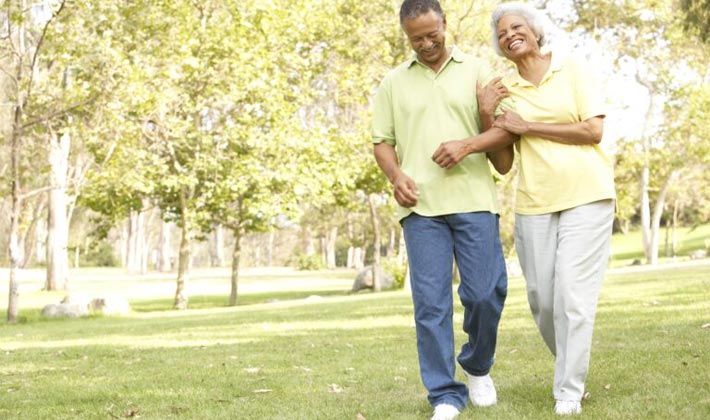Fall prevention should be a top priority for those prone to injury or for those who have mobility concerns. Falls can cause major disruptions to someone’s life, as it can affect where a person lives safely to how much they can do for themselves around the house. Falls account for 85% of all injury-related hospitalizations for seniors and can result in serious bodily harm. Over 50% of people incur significant and impactful life changes due to falls.

Some of those injured may not return home or live independently after a bad fall occurs. Broken and fractured bones may be involved in falls; ankles and hips are areas that are prone to breaking. Follow the fall prevention tips from a Canadian Certified Pedorthist to avoid a major accident occurring to you or to a loved one.
Fall Prevention Tips
With people spending more time at home, it is important that you examine your house and your loved ones’ houses carefully for potential tripping or falling hazards. Since over 50% of falls take place at home, it is important to narrow your chances by taking the time to examine each room with the help of family and friends. Physiotherapists and Occupational Therapists can also help with this, but there may be a cost for this service.
Consider the following tripping hazards around you and take the necessary precautions to prevent anyone from falling:
-
Electrical cords
Electrical cords that are not anchored down in a safe fashion are easy to trip on. Please check that they are necessary and then anchor them down so that they are not a tripping hazard.
-
Obstructions in high-traffic areas
Obstructions of boxes or piles of clutter in hallways impede traffic and create other safety hazards. Spend some time making the house more organized so that these problems are dealt with and there is more room to move safely.
-
Floor mats
Small floor mats that are curled up at the edges or have lost the rubber backing are just waiting to take you down! It is time to repair those you choose to keep or replace older mats with newer and safer ones.
-
Footwear
Knitted slippers without a non-slip sole underneath or socks make it easy to “skate” on linoleum or hardwood. Please put a non-slip sole on these slippers or invest in a pair of slippers or shoes that have a non-slip sole on them for ease of safely getting around the house.
Often people with swollen feet are unable to wear shoes so they end up wearing socks, which is an especially dangerous way to get around. Swelling decreases the agility and mobility in the lower limbs so this person has less chance to stop a fall before it happens. It is recommended that people with swollen feet wear a form of non-slip slippers at the very least to avoid major falls. Adjustable sandals, slippers with a closure or even light weight shoes can provide better stability for walking around the house.
When a person goes outside, it is important that they have the appropriate footwear. Shoes and boots that have the appropriate tread pattern is important. In the winter, having a tread pattern that extends to both sides of the sole is important because those edges help to gain a grip on packed snow and ice. Examine the soles for increased wear on either side. Areas on the sole that are very worn down make them unstable to wear and make it easy for the wearer to fall. Ensuring sidewalks and steps are cleared of snow and ice is also an important area for preventing issues.
-
Home modifications
Many people wake up in the middle of the night to quickly get to the washroom. The person may not be fully awake and thus is prone to problems. In addition to the recommended non-slip footwear, appropriate lighting and furniture placement will help with fall prevention at night. Physiotherapists or Occupational Therapists can work with people to examine other options that would help in terms of arranging furniture or coming up with alternative solutions that may reduce the need to rush in the middle of the night!
Seeking Professional Assistance
Fall prevention is a topic that has multiple aspects; a team approach can be required to come up with a comprehensive plan, depending on a client’s needs. Concerns about eyesight can be addressed by an Optometrist or Ophthalmologist. Concerns about balance and medicine need to be addressed by a doctor and a Pharmacist. Concerns about footwear can be addressed by a Canadian Certified Pedorthist. Physiotherapists and Occupational Therapists can give exercises to help people navigate safely without falling. There is a whole lot more that can be done in assessments to evaluate the risks and to put a process in place to help prevent falls.
To find a Canadian Certified Pedorthist in your area visit https://pedorthic.ca/find-a-pedorthist/
By Jim Pattison, C. Ped (C)
